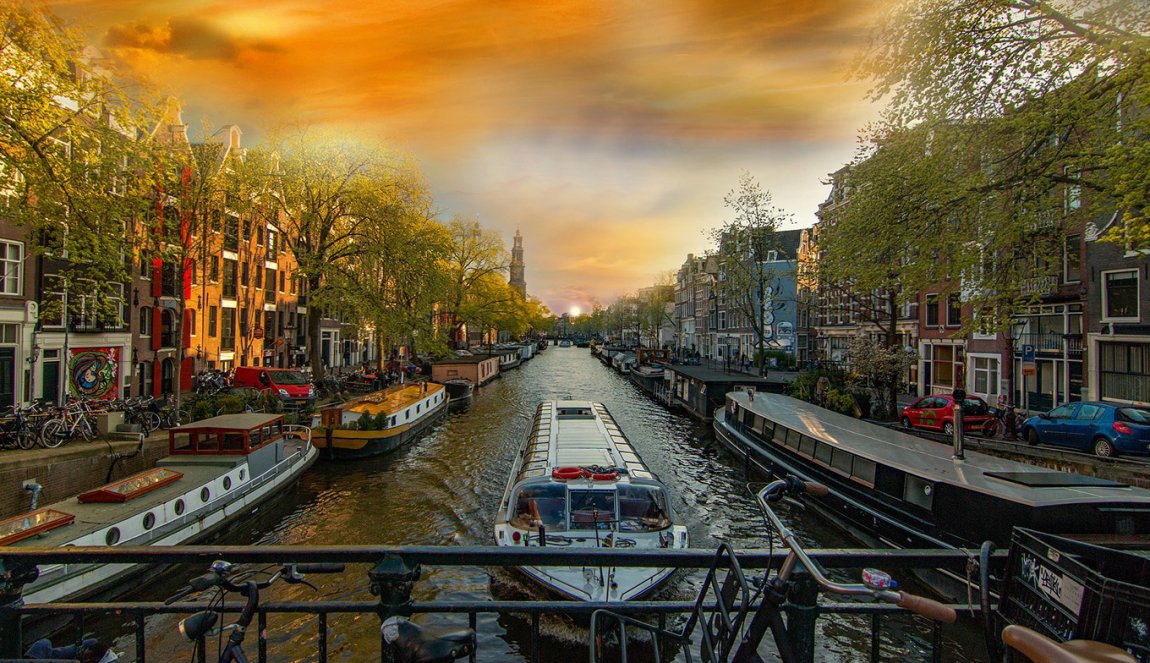2026 European Vacation
Our Destinations
München
Bavaria’s capital, is home to centuries-old buildings and numerous museums. The city is known for its annual Oktoberfest celebration and its beer halls, including the famed Hofbräuhaus, founded in 1589. In the Altstadt (Old Town), central Marienplatz square contains landmarks such as Neo-Gothic Neues Rathaus (town hall), with a popular glockenspiel show that chimes and reenacts stories from the 16th century.
Füssen
A Bavarian town in Germany, just north of the Austrian border. Its Gothic castle, Hohes Schloss, houses a regional art museum. The museum of St. Mang's abbey showcases Füssen's violin- and lute-making industry. The eclectic Neuschwanstein Castle and Hohenschwangau Castle lie southeast of the town.
Amsterdam
The Netherlands’ capital, known for its artistic heritage, elaborate canal system and narrow houses with gabled facades, legacies of the city’s 17th-century Golden Age. Its Museum District houses the Van Gogh Museum, works by Rembrandt and Vermeer at the Rijksmuseum, and modern art at the Stedelijk. Cycling is key to the city’s character, and there are numerous bike paths.





